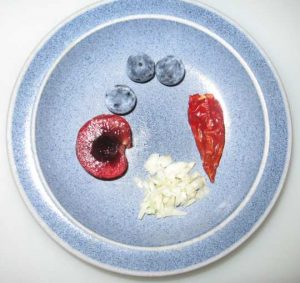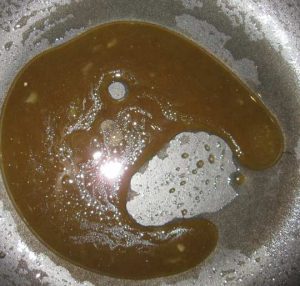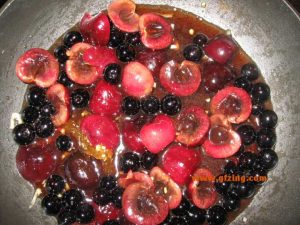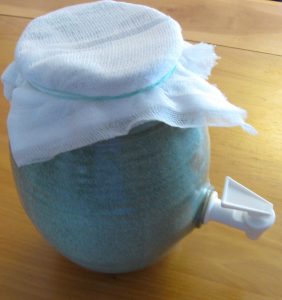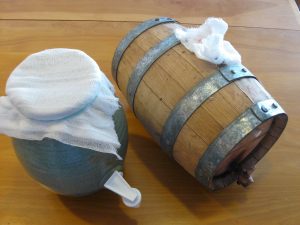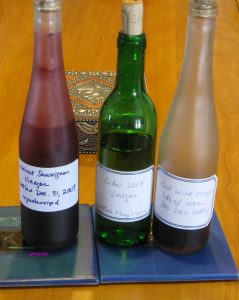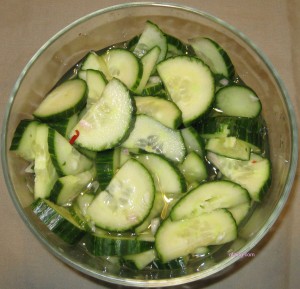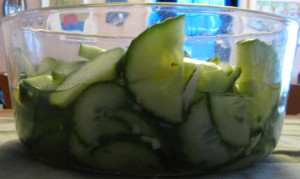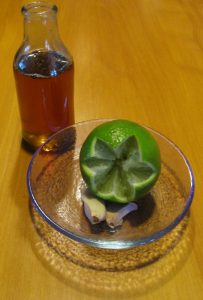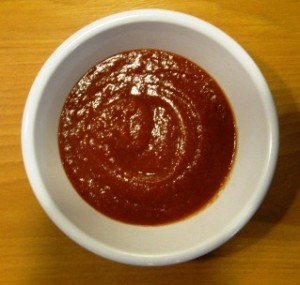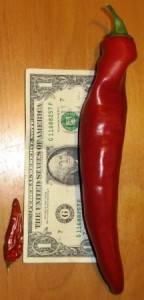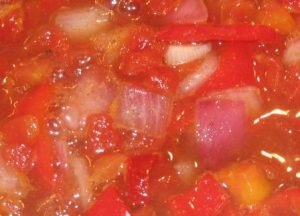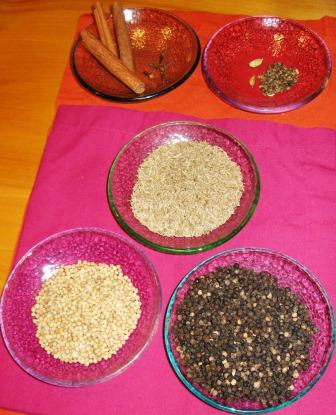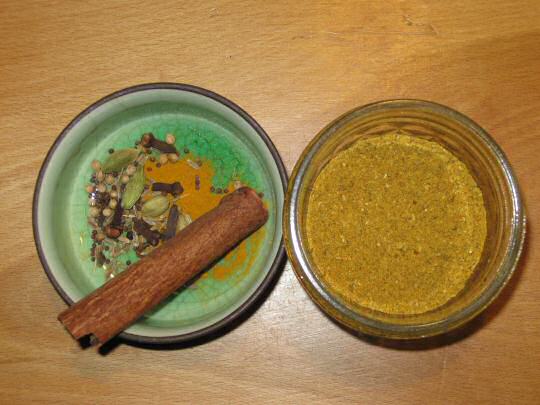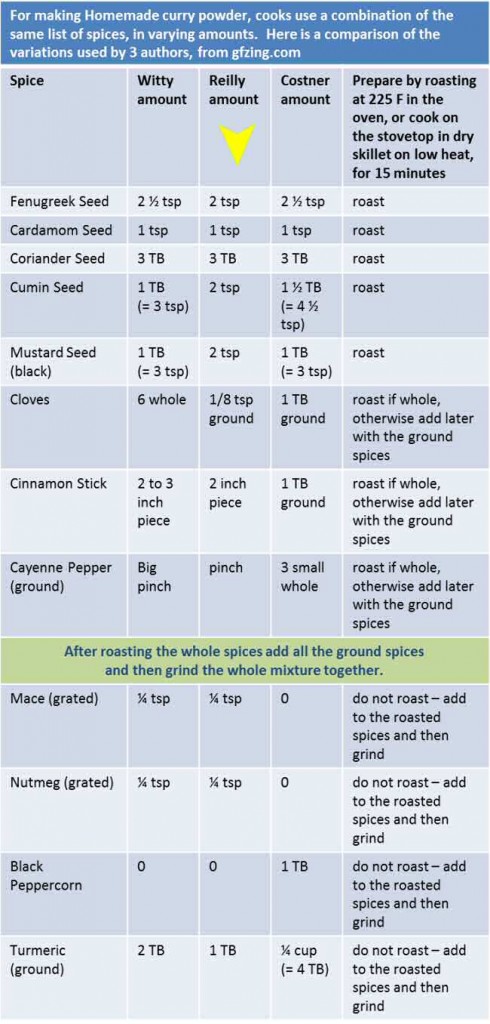Many years ago, on a train traveling slowly through the French countryside – I don’t remember exactly where and I refuse to invent a location for the sake of a story – I met a man whose job it was to sell cheese mold. This friendly man was sitting in the same compartment with me. I was naturally apprehensive when he started to speak. Sometimes men traveling on trains want to share stories and sometimes they want to show young women other things whether the women are interested or not, but that is another story.
The suited gentleman had a tidy briefcase which he offered to open so that I could see his wares. It was a great relief to find that he was a genuine gentleman, and that what he wanted to display was an assortment of tiny envelopes containing samples of unique cheese molds that were required in the production of famous French cheeses such as Camembert and Brie. Perhaps interpreting my relief at his desire to talk about cheese as an ardent interest in learning about his profession, he explained the whole process by which these molds would be sprayed on the cheeses during the manufacturing process. The uniform, paint-white rind of fresh Brie, with its mushroomy aroma, had mystified me until that moment when I learned that the rind was a fungus just like the kind of thing that produces mushrooms and that this fungus was sprayed on to the cheeses; an aerosol mushroom. I had wrongly pictured the right molds, living in the area, just meandering in on a fresh lavender-scented breeze from the French countryside and settled conveniently on each cheese, creating a uniform coating.
In fact, a mushroom is the fruiting body of an underground fungus, poking up through the forest floor. The Brie cheese rind is seeded with the spores of a particular fungus that does not make those pop-up fruiting bodies. So, fine cheese and mushrooms are related, which makes sense when you think about it, and I got the first inkling of this knowledge on a rumbling train.
It was also news to me at the time that cheeses were mass-produced rather than made individually the way we had tried to do at home. Unlike our lonesome artisanal cheeses that cured with the native spores traveling through the air at our house, there were whole rooms full of camembert, just sitting around waiting to be sprayed with precisely engineered mold. I pictured in my mind whole rooms full of cheeses just sitting there, waiting.
Our few attempts at making homemade cheese had been laborious. One particular cheese required a few gallons of whole, unpasteurized milk and some rennet, a funky smelling material derived from the stomach of a cow. You could obtain rennet at almost any grocery store by purchasing a package of “junket” mix – this is actually rennet that can be added to milk to make a sort of custardy dessert that has now fallen out of favor – or you could purchase rennet tablets specifically intended for cheesemaking, in a small cylindrical vial.[i] We used the rennet tablets and our homemade cheese had a pleasant flavor. We coated the cheese with wax that we tinted turquoise with candle-dye, to make our cheese stand out from those endearing goudas encased in the bright red wax that children love to play with at the table, annoying the grownups. Our wax was too hard and did not have the elasticity of the red cheese wax, so there were occasional holes and leaks in our coating which we patched horribly with little globs of additional wax. As amateurs we had lots of enthusiasm, but we didn’t have all the skills and equipment of the professionals.
There are so many diverse careers out there in the world. Here was a man who traveled around on trains with a suitcase full of mold. He provided a vital service to one of France’s major food industries, and he obviously enjoyed the work, the travel and the conversations along the way. He was not a Willy Loman character[ii] suffering from depression and despair, ruining his home life with his philandering ways. He was a proud, friendly gentleman who happily went about selling cheese mold to the heroes of French cuisine. I did not get his name, and by now he must be a very old man, but if I could I would thank him and ask him so many more questions.
I encountered another great member of the world of cheese professionals on Arthur Avenue in the Bronx, New York, in the 1980s. My memory is of a small shop where a lumberjack-sized man with large handlebar mustaches created mozzarella cheese with his bare hands. He made it look easy, as he kneaded the white curds in nearly boiling water until the cheese stretched like taffy. The process of creating hot ropes of cheese from milk turned out to be much trickier at home, especially since my hands were not used to being immersed in very hot water for extended periods. My hands turned red as they cooked, and I did not have the strength of this giant professional.
This video demonstration evokes the gentleness and patience of the true process similar to what I recall from watching the fellow making mozzarella in the Bronx in 1982: http://www.youtube.com/watch?v=Z_48-nGlxaw&feature=related[iii]
I have recently learned that it is possible to make homemade mozzarella using a microwave oven. People swear by this method and some claim to make cheese every week, almost ritually. This development could revolutionize many home kitchens, whether or not the cook adopts an obsessive-compulsive cheese-making habit. Following are links to a pictorial instruction on how this microwave mozzarella is made. The thing that is missing though is the slow, steady stirring; the brilliant efficiency of the strainer sinking in to the whey to separate the curds; the loving kindness of the great artisanal food artist at work.
Homemade microwave mozzarella: http://www.cheesemaking.com/store/pg/21.html
http://www.youtube.com/watch?v=RPUortoNUWo&feature=fvwrel
[ii] Miller, Arthur. Death of a Salesman.
[iii] This demonstration gives an idea of the same process done by cheese professionals: http://www.youtube.com/watch?v=2o-55_Hhjek&feature=related

